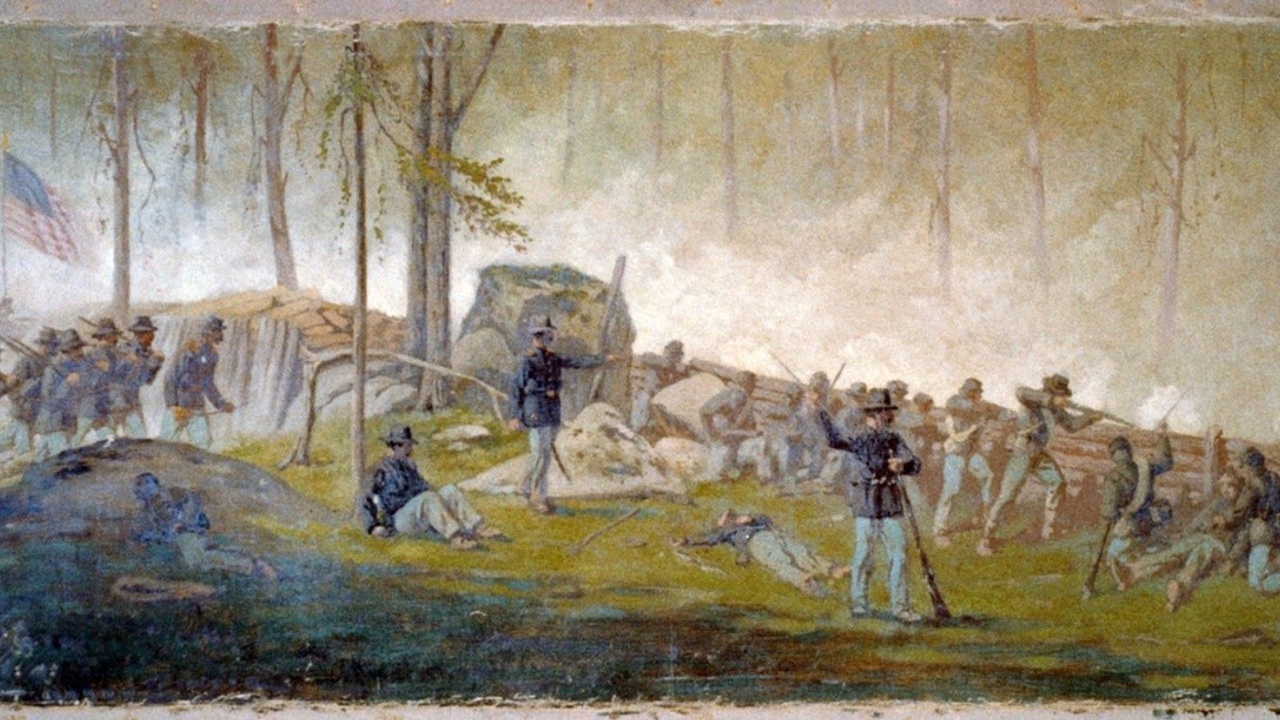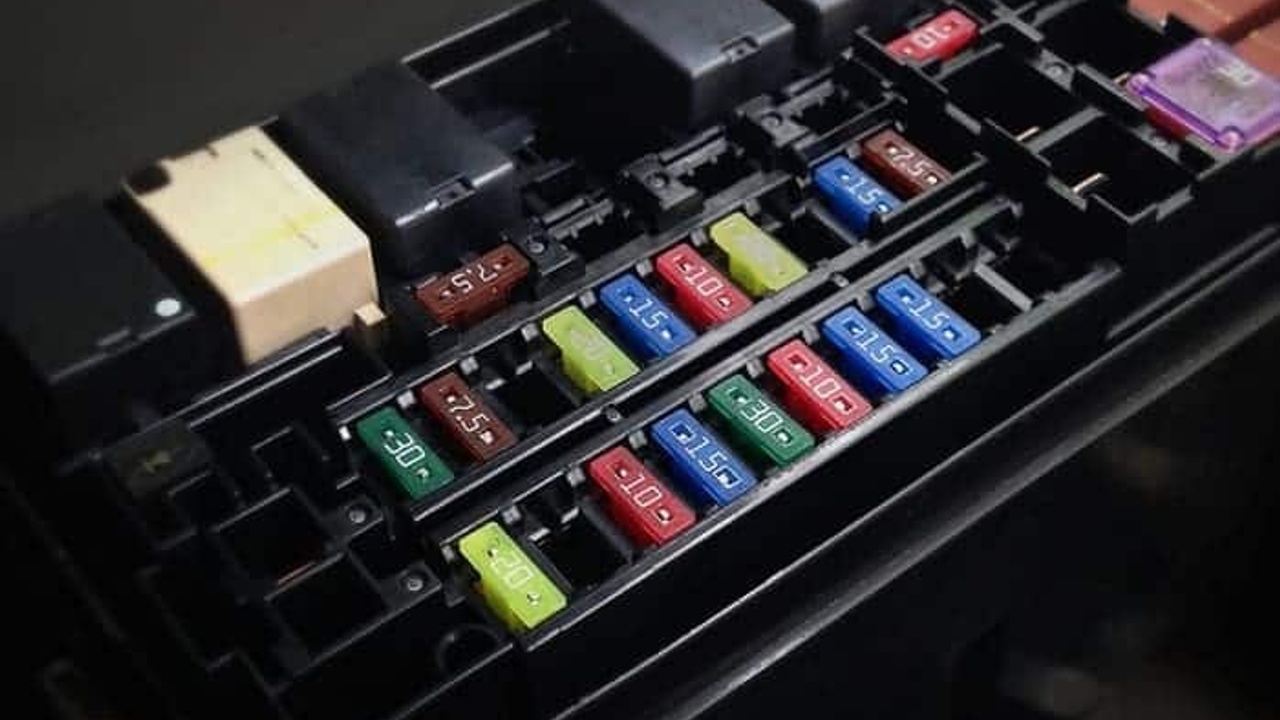
Dislocation
We were three points from winning.
The game was an undervalued and lesser known variation of volleyball called NItro Ball. Our team had shown resolve in mounting a comeback that would have made Normal Dale misty eyed with pride. Yes, I’m fully aware that I compared a Tuesday night youth group game to the most legendary coach in sports movie history. I’m not only aware, I’m not apologizing.
Victory was within reach. The opposing team launched the ball over the net. Instinctively I shot my hands out to hit the ball and pass it to a teammate. The volleyball collided with my left thumb, pulsing pain from my thumbnail to wrist. I recognized the feeling. My thumb felt that way for the entire Fall of 2001 when I played receiver on our eighth grade football team. My quarterback threw every shallow slant to me trying to dispel a made up scouting report that said he had a weak arm. My thumbs were perpetually jammed that season.
And so, after hitting the volleyball I looked down at my thumb - remembering and expecting the same pain from 20 years ago. The barely swollen thumb that I expected to see was replaced by a mutant looking digit that dog legged like a tricky par 4 at the local municipal golf course. My thumb was dislocated.
Disbelief and pain blanked my face. My wife took one look and turned away shocked and squeamish.
I hurried over to another youth leader and asked if he could put it back in place. With a winced and semi uncertain face, he yanked my thumb back towards his body. The ache quickly shot beyond my wrist and up to my elbow. But my jackknifed thumb was no closer to being fixed. My friend then went Lethal Weapon on me and suggested I slam it against the wall. My brain wasn’t as hurt as my thumb and I declined, choosing to find another friend who was a firefighter and happened to be in the building that night.
It was at this point that I realized not only did I want my thumb to be fixed, I also wanted to be perceived as tough. I viewed this as a golden opportunity to prove and epitomize my toughness to others. With any luck the relocation of my thumb could become an epic tale that others would tell about my strength and fortitude, the story would age like a Scotch, becoming better with time and telling. The thought made me woozy with desire and pride - that my ability to withstand pain would be noticed and revered by others.
As I write these words a month later, I wish they were embellished. I wish they exaggerated my motivation. But they’re true. The enduring of pain is cemented into my brain as needed, awe-inspiring, and somehow linked to my aspirational identity as a man. And so, is it any wonder that I’m averse to the deeper and less visible wounds in my life? The hurt that comes from what some have done and what some people have not done. Not only do I brace against feeling their ache, but the acknowledgement of pain goes against the fibers woven into my understanding of what is needed from men.
Men suck it up.
Men grin and bear it.
Men push through.
Pain is weakness leaving the body.
Those were the formative messages around my understanding of pain. They make no distinction, demanding that I ‘tough it out,’ whether it is a dislocated thumb or the dismissal of a friend.
And, Jesus shows us a much different way of entering pain. He walks slowly and intentionally into the city where he will die. He invites others to be with him in the moment of his anxiety and pain. He doesn’t minimize his inner turmoil and pain but names it head on by saying, “My soul is overwhelmed to the point of death.” There’s no powering through or avoiding death for him, but a submission to it.
And so, friends, what pain are you tempted to endure, tough out, or ignore? How might you acknowledge and engage that hurt?
_____________________________
Jesse French, Restoration Project Executive Director




